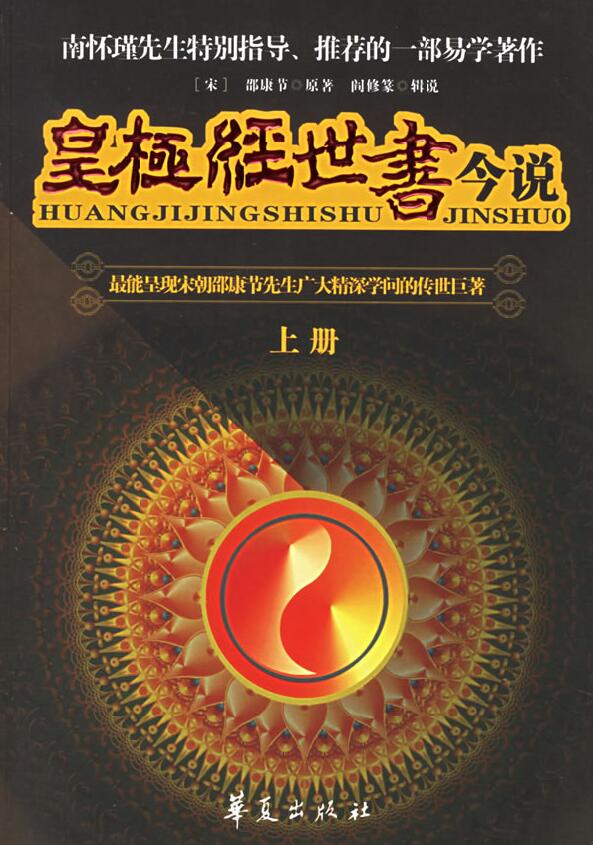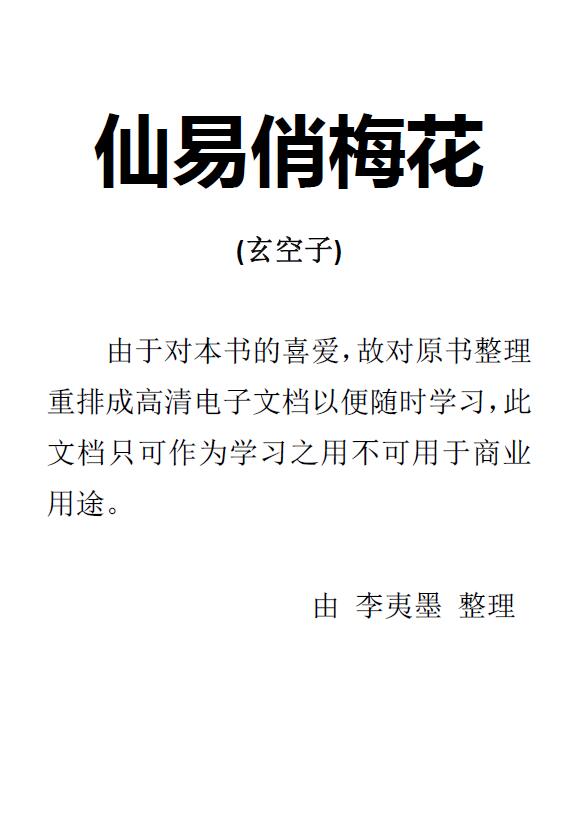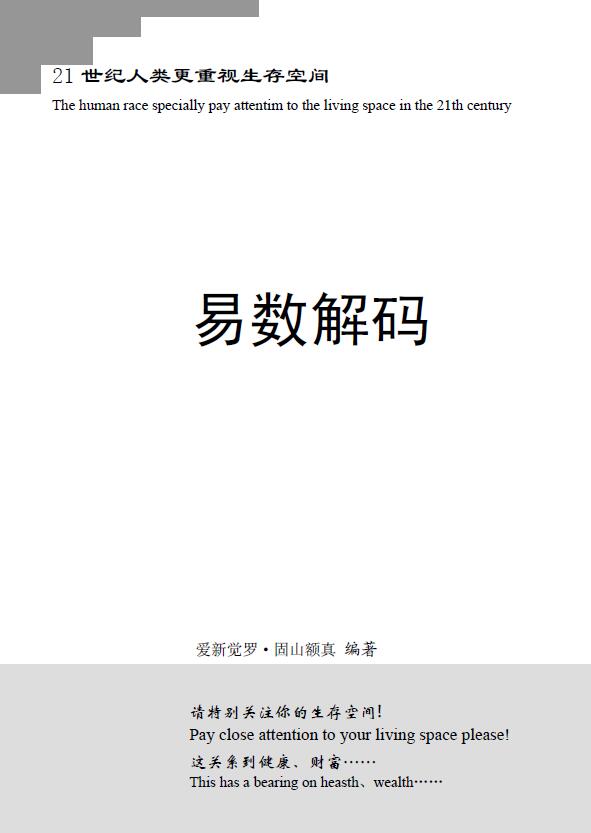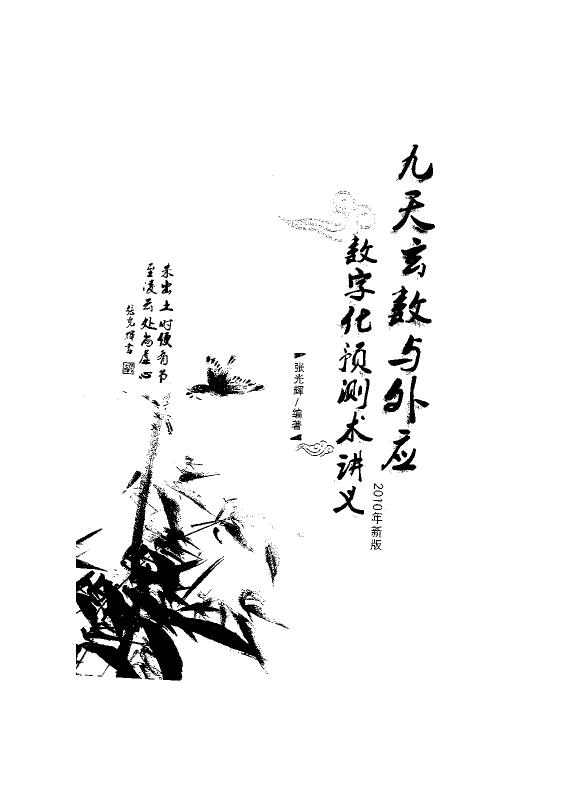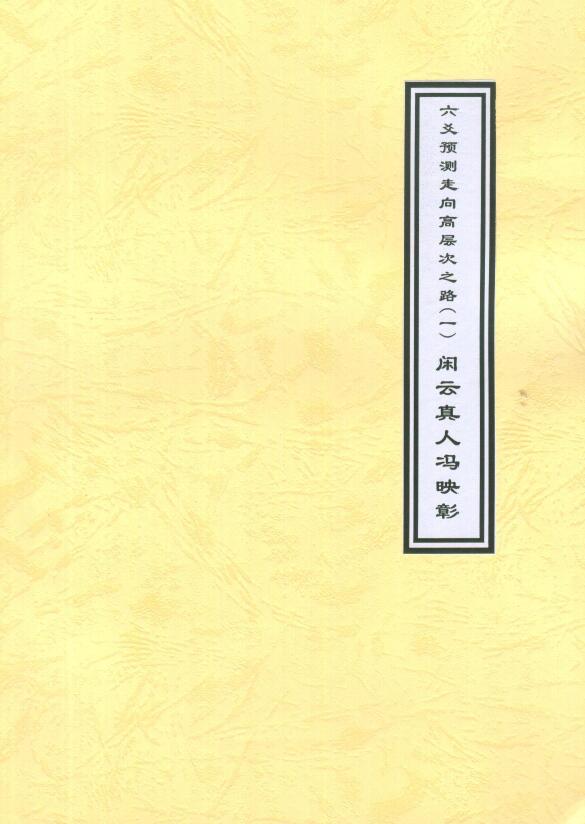Ruoti Guyin: The Profound Meaning of the Six-Yao Xiangfa of Zen Ibumen Page 365
Ruoti Guyin: The Upanishness of the Six-Yao Xiangdharma of Zen and Ibumen 365-page HD PDF e-book download. The author’s brief introduction The hermit has practiced hexagrams for many years, and his enthusiasm for the five arts remains unchanged. In order to share my personal experience and research experience in interpreting hexagrams with Liuyao hexagram enthusiasts, I established “Zen Yi Liuyao” at the beginning of teaching in 2007, and officially established “Zen Yi Liuyao” in 2009.
Ruoti Guyin: The Upanishness of the Liuyao Xiangfa of Zen Ibumen 365 pages HD PDF e-book download.
Brief introduction of the author
The hermit has practiced hexagrams for many years, and his enthusiasm for the five arts remains unchanged. In order to share my personal experience and research experience in hexagram interpretation with those who love Liuyao Gua, I established “Zen Yi Liuyao” at the beginning of teaching in 2007, and officially established “Zen Yibumen Dream Catcher” in 2009, providing Zen All members of Yiyi share the Liuyao database.
As the name suggests, “Zen Yi Liuyao Xiangfa” is to interpret the meaning of phenomena in hexagrams. However, there are many phenomena in the world. How to combine the information elements of the hexagram images into information that is close to the facts, in addition to having a solid foundation of hexagram theory and practical experience, the most important thing is to have a wealth of “image reading” and “image analysis” , in order to be able to flexibly speculate, draw inferences from one instance, derive infinitely possible “life phenomena”, and then “fix the image” based on the integration of experience and profound knowledge, then Vientiane can be deduced naturally.
This book skips the basic introduction, and focuses on the analysis and interpretation of “xiang”, logical reasoning, and then inductive deduction, unraveling the blind spots of thinking in breaking hexagrams, and deriving more in-depth hexagram-solving skills. Readers only need to With the basic knowledge of the five arts, reading and absorption should not be a problem. As long as you read more and think more, especially if you put in more effort in concept and logic dialectics, you will be able to have a profound skill in interpreting hexagrams!
Contents
Preface Chapter 1 Theory, Chapter 1 Introduction to Xiangfa, Section 2 Connotation of Xiang, Section 3 Congenital Vertical Image & Acquired Image, Section 4 Static & Dynamic Image, The Void & Reality of Xiang Chapter 5, The Expression Form of Xiang Chapter 2, The Origin and Types of Xiang Chapter 1, The Xiang of Four Orders Section 2, The Eight Trigrams and Guangxiang Section 3, The Six Relatives & Six Beasts Chapter 5, Yin-Yang & the Image of the Five Elements, Section 6 of the Hexagram and the Image of the Line, Chapter 3 of the Image of Moving and Changing Lines, Chapter 1 of the Theory of Enemy and Friend, Section 2 of the Introduction, and the Role of the Enemy and Friend Defining Principles Section 3, The Imagery Form of the Theory of Friend and Enemy
Second Positioning & Fixing Chapter 1, Introduction Chapter 2, Positioning Method Section 1, The Meaning of Positioning Section 2, Sequence The third section of the sky positioning system, the third chapter of the positioning method, the first section of the fixed image method, the second section of the fixed image, the third section of the three-pass fixed image, the fourth section of the character fixed image, and the event type fixed image. Section 5, Substance Fixation Section 6, Space Fixation Section 7, Time Fixation
Refer to Chapter 1 of Image Interpretation, Chapter 2 of Introduction, Section 1 of Image Solution Steps, Scope Definition Section 2. Interpretation of congenital vertical image Section 3. Observation essentials of metamorphosis and imagery Chapter 3. General explanation of hexagrams and hexagrams. , Illustrations of Shuangyao’s dynamic image and examples Chapter 4, Full Explanation of Six Parents’ Pictomorphic Variations Section 1, Six Parents’ Ontology Exploitation Section 2, Six Parents’ Relativity Theory Exploitation Section 3, Six Parents’ Dynamic Changes and Yao Falling into the Empty Tomb Chapter 5, the essentials of the pictographic transformation method of the parent-animal group Section 1, the principle and order of the parent-animal group image Section 2, the application of the relationship with the animal in the emotional hexagram Chapter 6, the key points of the application of classification and transformation Ontology’s image-changing form development section 2, relativity’s image-changing form development section 3, work and career section 4, money-seeking section 5, examination section 6, travel section 7, pedestrian section 8, pregnancy and childbirth Section 9, Section 10 of Lost and Found, Section 11 of Lawsuit, Section 12 of Disease, and Special Cases
Some screenshots
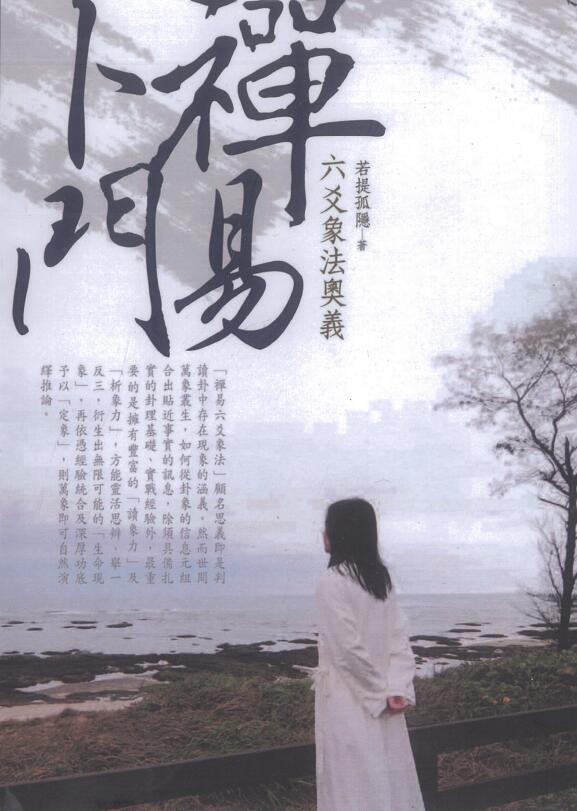

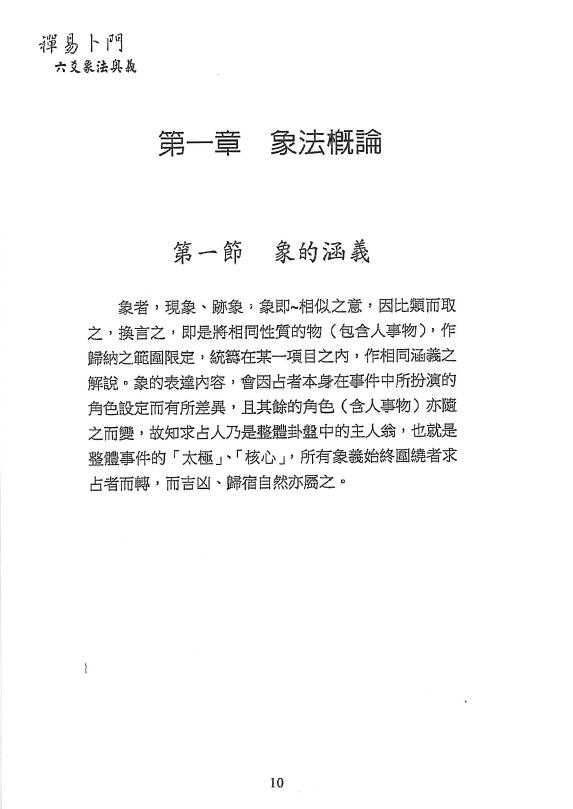

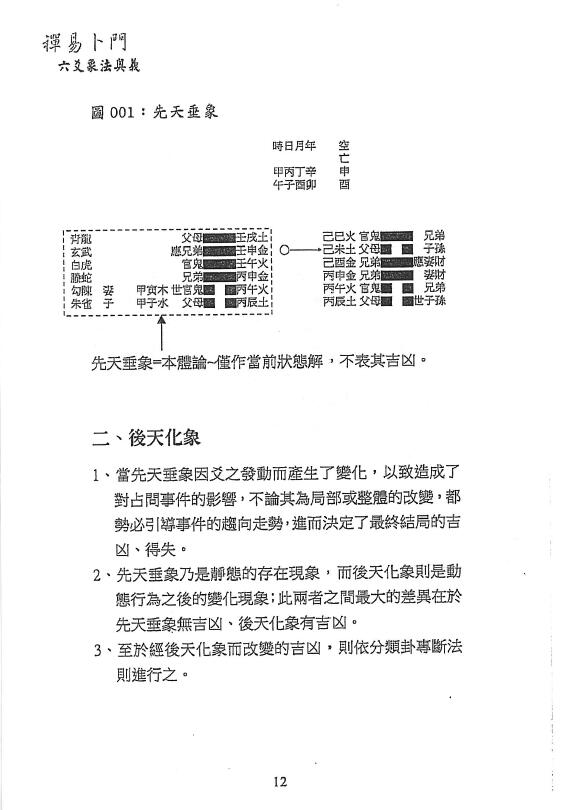
BOOK INFO:
- Publication Date: 未知
- Language: 中文
- Identifier: 内部视频
- Total Pages: 1
- File Type: PDF
Download Link:
Payment Method:
1、Open Tittle
2、Click to Pay New
3、Click on the material you want to buy
4、Click on "Payment Methods"
5、Click on the material you want to buy
6、Choose from one of your existing payment methods or add a new one
7、Complete purchase
NOTE: If you add a payment method when making a purchase, it will be saved in your account.

